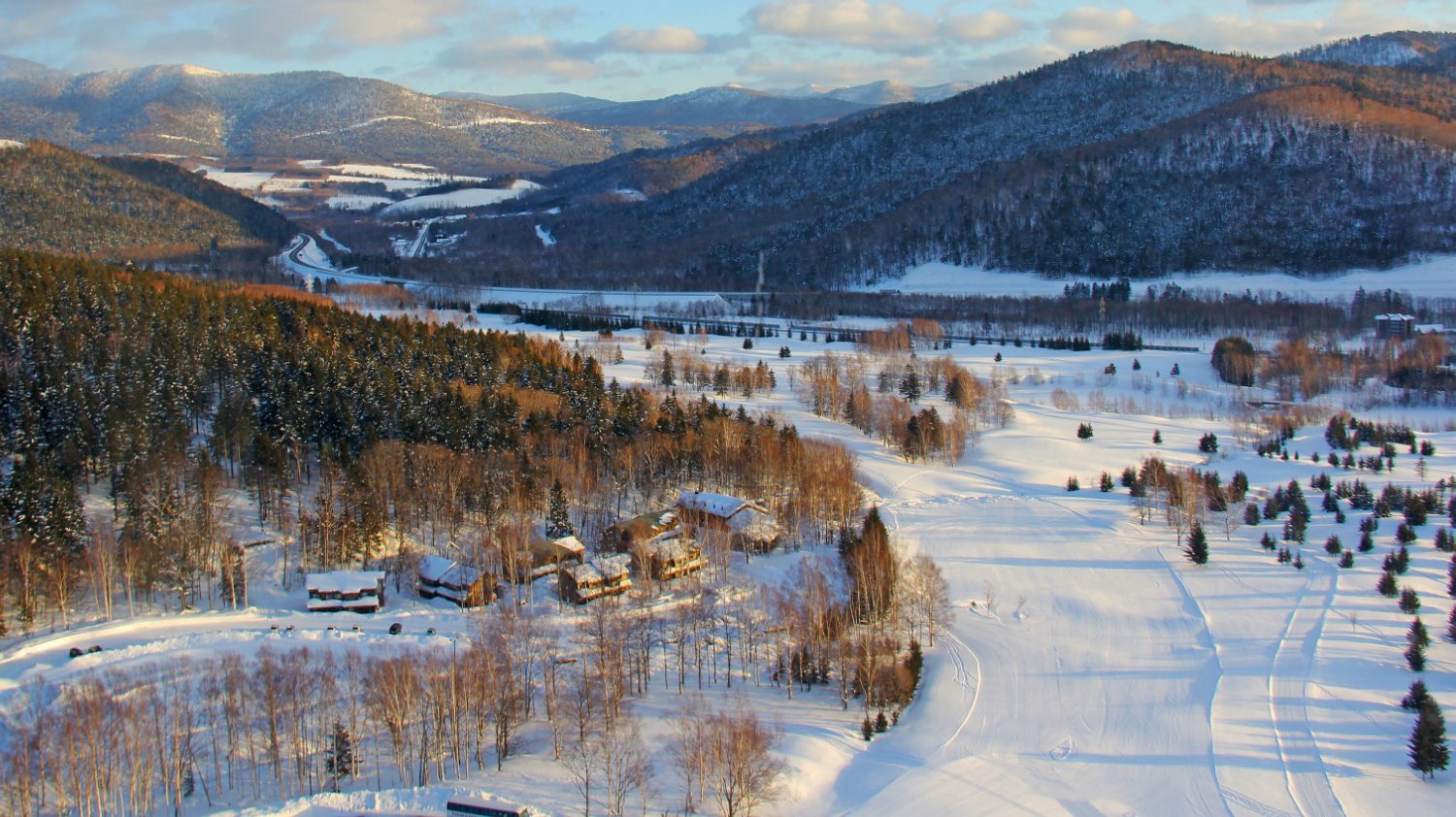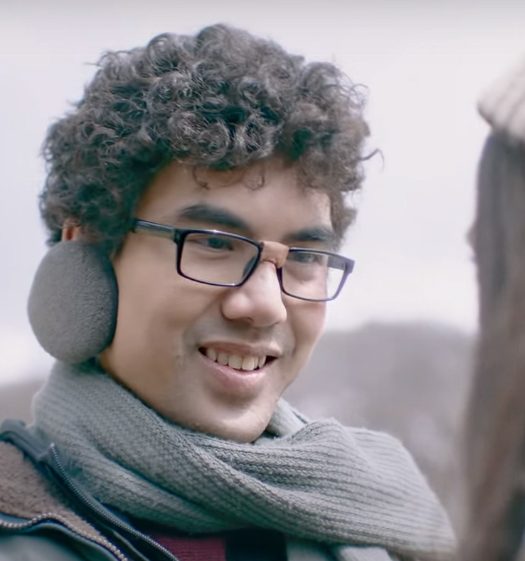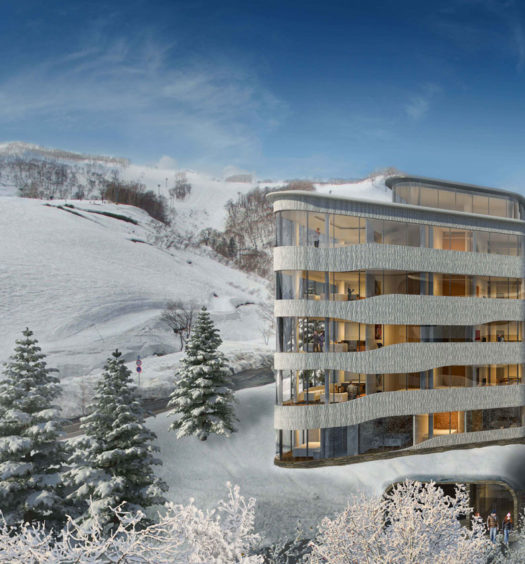Prefer to take the path less travelled? Here are some of Japan's most underrated ski resorts.
Japan now ranks among the world’s most revered ski destinations. As its reputation has grown, so too has the number of international skiers to Japanese resorts. Foreigners tend to gravitate towards the bigger, more westernised resorts—Niseko, Hakuba, Rusutsu etc. But there are plenty of options for those who prefer the path less travelled.
1. Hakkoda
Hakkoda Ski Area is located in Japan’s Aomori region, towards the northern tip of Honshu, and is known to receive some of the heaviest snowfall in Japan. Skiers can expect to encounter some pretty extreme weather (blizzards are not uncommon). This is not a resort for beginners or families; it’s a playground for serious powder hounds.
The Hakkoda Ropeway ascends Mount Tamoyachidake (1324 m), one of Hakkoda’s eight mountains. The resort has five marked runs, most of which is intermediate terrain. Forest Course (5 km) and Direct Course (3.5 km) are easily accessible via the gondola and will suit those not ready for Hakkoda’s testing backcountry. Some gentler terrain can be found towards the foot of the mountain.
But for experienced skiers, Hakkoda’s backcountry is the drawcard. Guided tours can be organised through several companies, including Japow Tours which caters to English speakers. Hakkoda’s legendary powder is best experienced in January and February. This is also when the resort’s snow monsters take shape.
2. Madarao Mountain Resort
Madarao is not so much off the beaten path as hidden in plain sight. It sits between Nozawa Onsen and Myoko Kogen—two of Japan’s better known resorts—and is quieter than its neighbours, on and off the slopes. Long lift queues and congested slopes are uncommon. The resort is mid-sized, with 31 runs (34.8 km in total) and 440 m of vertical.
With 60% of its runs ungroomed, Madarao is a paradise for powder hounds. In contrast to many of Japan’s big-name resorts, Madarao isn’t overly policed. Ski patrol won’t berate you for venturing off-piste. The resort even glades (thins out) its tree areas, making for some of the best tree skiing in Japan. Some of this (PowderWaveII) is best accessed via Tangram’s lifts (Madarao’s neighbouring resort). An all-mountain pass is available to those who want this option.
Madarao’s northerly aspect is to thank for its world-class powder. The resort faces the Sea of Japan, resulting in frequent dumps of “Madapow”. Strangely, Madarao’s world-class powder is yet to attract world-class crowds, but this is surely a matter of time.
3. Kurodake
Kurodake (“black mountain”) is located in central Hokkaido, 75 km east of Asahikawa. The resort is found just outside of Sounkyo, a town known for its namesake gorge and hot spring baths. The ski area is accessed via the Kurodake Ropeway (which transports guests from the town of Sounkyo). The ropeway provides sensational views of the gorge (weather permitting) and is used by non-skiers all year round.
Beneath the ropeway is Kurodake’s longest (semi) marked run. This is advanced terrain for experienced skiers—the route is frequently cordoned off due to avalanche concerns. Intermediate skiers will have more luck up top. The resort’s second ski lift (a short hike from the ropeway’s drop-off) provides access to some gentler pistes, with options for powder on the flanks.
However, the best of Kurodake is found outside of resort bounds. A hike up to Kurodake’s peak (1984 m) allows access to the resort’s rugged backcountry. This is steep, treacherous terrain—not for the faint of heart. It’s recommended that skiers enlist the help of an experienced guide. Appropriate safety equipment is a necessity.
4. Kamui Ski Links
Kamui Ski Links is located on the outskirts of Asahikawa, a 30 minute drive from the city centre. It’s also an easy commute from Furano Ski Resort—just 55 km by road. The resort itself is fairly small, spanning 100 hectares. Mount Kamuiyama tops out at 799 m with a base elevation of 150 m. The resort is serviced by six lifts including a (recently refurbished) gondola which stretches from base to summit.
As is the norm in Hokkaido, Kamui is blessed with some of the world’s lightest, driest powder. The resort receives up to 8 m per season—and still manages plenty of blue sky days. Within resort bounds, there’s plenty of terrain to satisfy all levels. Confident skiers are free to explore off-piste (tree skiing is fair game). Those in need of more options can access Kamui’s backcountry via a licensed local guide. Otherwise, permission from Kamikawa Regional Forestry Office is required.
5. Lotte Arai Ski Resort
After more than 11 years in a state of abandonment, Lotte Arai Resort (previously known as Arai Mountain Resort and Spa) will reopen to the public in December. The resort is located in Japan’s Hokuriku region, within 20 km of Myoko Kogen—one of Honshu’s better known resorts.
Arai is smack bang in one Japan’s skiing hot spots. Its proximity to the coast ensures an abundance of fresh powder during the winter season—perhaps even more so than Myoko Kogen which is further inland. In other words, snowfall had nothing to do with the resort’s closure in 2006.
The project is being driven by Lotte Co., a multinational conglomerate with headquarters in both South Korea and Japan. The company has made no secret of its ambition to transform the Lotte Arai Ski Resort into one of Asia’s best. But crowds don’t appear overnight!
ENQUIRE NOW
 Organise your guided backcountry skiing tour in Japan
Organise your guided backcountry skiing tour in Japan
There are lots of options in Hokkaido and Honshu that can be tailored to the kind of skiing you like and when you plan to come. Answer a few questions and we’ll get back to you with some recommendations.


 Organise your guided backcountry skiing tour in Japan
Organise your guided backcountry skiing tour in Japan



